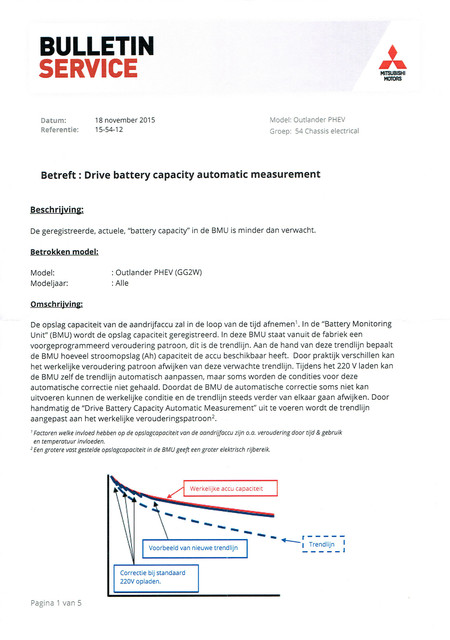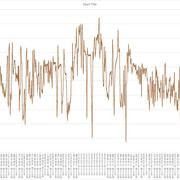jaapv said:
I guess you didn't read my post. There are no changes made to the discharging side. The car adjusts the charging algorithms per cell to charge them all to an optimal level. It does so automatically, based on predictions in the firmware; but after some time the pattern can be brought into line with the actual situation.The whole battery will then perform to that level. Even if some cells could be charged to a higher level it would not help, as the discharge will be limited by the "worst" cell.
According to my dealer, the most gain he has seen was 5 Ah, normally it will be between 2 and 4.
Another long lecture by my dealer

Battery smoothing changes nothing in the battery itself. The car is discharged overnight to real zero using the air-conditioning (and a hidden menu setting) Afterwards it is recharged and the charging capacity of each individual cell is measured. These data are used to reset the charging algorithms for each individual cell to ensure that they will all take the same level of charge, resulting in a higher capacity of the complete pack. It is advised to do so every 100.000 km.
BTW, the car will indeed use some of the spare capacity to maintain range as the battery goes down over time.
Right ... I did missed this ...
Still ... it does not make much sense.
"discharged overnight to real zero" .. this is not possible ... Lithium cells should be never send to 0V ... possibly the lowest value acceptable and for a short time is 2.5v .. still for me it is not even good to slowly discharge below 3.5v
Each cell can't be individually charged ... the same charging current cross the entire battery pack .. only the BMU can cause to discharge on request individual cell (normally with a relative small current)
All that it is needed to be done is:
- Charge all the cell to the equal max voltage .. that is defined to 4.10v
- Define the 26% and 30% SOC for an individual cell ... and this should be based on the rest-voltage of a single cell.
Question is which is assumed 26% and 30% SOC ... is this 3.77v and 3.80v ?
Or maybe .. the process above is in charge to define the voltage to be used for these two different SOC that are relevant for the EV usage of our PHEV
Anyhow .. there is some black voodoo happening in the guess algorithm for know the battery health and real SOC



